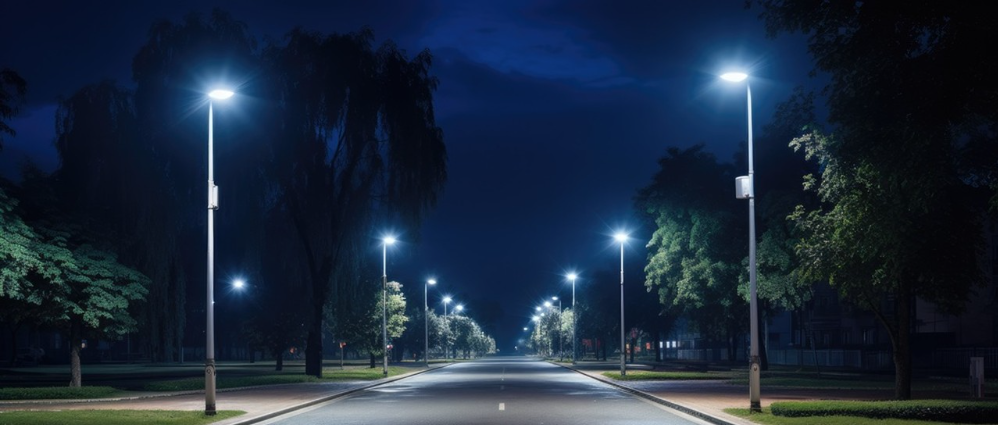Basic Definition of LED Driver Power Supply
A power supply is a device or instrument that transforms primary electrical power through conversion techniques into secondary electrical power required by electrical appliances. The electrical energy we commonly use in our daily lives is primarily derived from converted mechanical energy, thermal energy, chemical energy, etc. The electrical energy obtained directly from power generation devices is referred to as primary electrical energy. Typically, primary electrical energy doesn't meet the requirements of the user. This is where a power supply comes into play, converting primary electrical energy into the specific secondary electrical energy needed.
Definition: An LED driver power supply is a type of power supply that converts primary electrical energy from external sources into the secondary electrical energy required by LEDs. It's a power supply unit that converts the power supply into specific voltage and current to drive LED light emission. The input energy for LED driver power supplies includes both AC and DC, while the output energy generally maintains a constant current that can vary the voltage with changes in LED forward voltage. Its core components primarily include input filtering devices, switch controllers, inductors, MOS switch tubes, feedback resistors, output filtering devices, etc.
Diverse Categories of LED Driver Power Supplies
LED driver power supplies can be categorized in various ways. Typically, they can be divided into three major types: switch constant current sources, linear IC power supplies, and resistance-capacitance reduction power supplies. Moreover, based on power ratings, LED driver power supplies can further categorize into high-power, medium-power, and low-power driver supplies. In terms of driving modes, LED driver power supplies can be constant current or constant voltage types. Based on circuit structure, LED driver power supplies can be classified as capacitance reduction, transformer reduction, resistance reduction, RCC reduction, and PWM control types.
LED Driver Power Supply - The Core Component of Lighting Fixtures
As an indispensable part of LED lighting fixtures, LED driver power supplies account for 20%-40% of the overall LED fixture cost, particularly in medium to high-power LED lighting products. LED lights utilize semiconductor chips as light-emitting materials and have advantages such as energy efficiency, environmental friendliness, good color rendering, and rapid response time. As a commonly used type of lighting fixture in modern society, LED lighting fixture manufacturing processes involve 13 key steps, including wire cutting, soldering of LED chips, making lamp boards, testing lamp boards, applying thermal conductive silicone, etc. Each production step demands stringent quality standards.
Profound Impact of LED Driver Power Supplies on the LED Lighting Industry
LED driver power supplies combine with LED light sources and housing to form LED lighting products, serving as their core components. Typically, every LED lamp requires a matching LED driver power supply. The primary function of LED driver power supplies is to convert external power supply into specific voltage and current to drive LED lighting products for illumination and corresponding control. They play a crucial role in enhancing the efficiency, stability, reliability, and lifespan of LED lighting products, profoundly impacting their performance and quality. According to statistics from the majority of streetlight manufacturers, nearly 90% of failures in LED streetlights and tunnel lights are attributed to driver power supply faults and unreliability. Thus, LED driver power supplies constitute one of the critical factors influencing the development of the LED lighting industry.
LED Lights Align Deeply with the Trend of Green Development
LEDs boast outstanding performance, and their long-term prospects are optimistic. In recent years, with the global climate crisis intensifying, societal environmental awareness has been growing. A low-carbon economy has become a consensus for societal development. In the lighting sector, countries worldwide are actively exploring effective products and approaches to achieve energy conservation and emission reduction. Compared to other light sources like incandescent and halogen bulbs, LED lights are a green light source with advantages such as energy efficiency, environmental friendliness, long lifespan, rapid response, and high color purity. In the long run, LED lights deeply align with the era's trend of green development and the concept of sustainable development, poised to secure a lasting position in the healthy and green lighting market.
Rollout of Industry Policies Fostering Long-Term Development of Driver Industry
With policies reinforcing the sector, LED lighting substitution is opportune. Due to its high efficiency and energy-saving characteristics, LED lighting serves as an excellent alternative to traditional high-energy-consuming sources. Against the backdrop of escalating environmental issues, countries worldwide are increasingly focusing on energy conservation and emission reduction, continually releasing policies related to green lighting. The LED industry has become one of the emerging strategic industries in our country. LED driver power supplies are expected to significantly benefit from policy support, ushering in a new phase of growth. The rollout of industry policies provides assurance for the long-term development of LED driver power supplies.
Post time: Dec-28-2023

